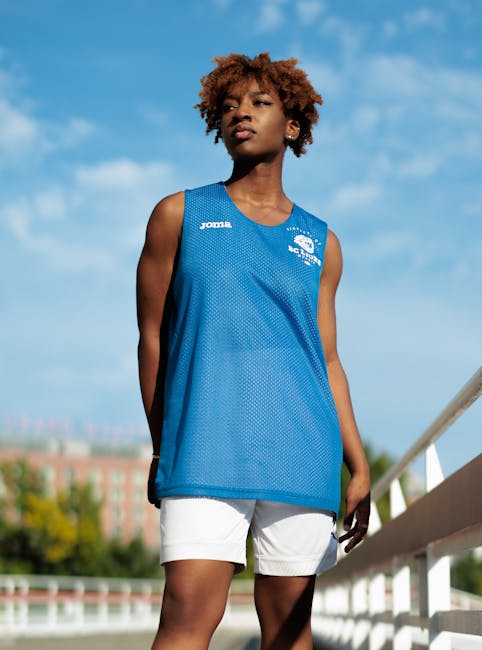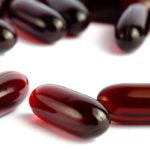Best Fitness Gloves For Your Workout: A Comprehensive Guide
Finding the right pair of fitness gloves can significantly enhance your workout experience, protecting your hands and improving your grip. However, with a vast array of options available, choosing the perfect pair can feel overwhelming. This guide delves into the key features to consider, different glove types, and provides recommendations to help you find the best fitness gloves for your specific needs.
Understanding Your Needs: Factors to Consider
Before diving into specific glove types, consider these crucial factors:
-
Workout Type: The type of workout significantly impacts glove selection. Weightlifting requires gloves prioritizing wrist support and padding, while CrossFit demands dexterity and breathability. Calisthenics might necessitate minimal padding for maximum feel.
-
Hand Size and Shape: Gloves should fit snugly but not restrict blood flow. Measure your hand circumference and length to ensure a proper fit. Consider the glove’s sizing chart carefully. Poor fit leads to discomfort and reduced performance.
-
Padding and Protection: Padding is crucial for protecting your hands from calluses, blisters, and impact during weightlifting. Consider the level of padding needed based on your workout intensity and preferred exercises. Look for strategically placed padding on pressure points.
-
Breathability and Material: Synthetic materials like nylon, spandex, and neoprene offer varying degrees of breathability. Leather provides durability but can be less breathable. Choose materials appropriate for your workout intensity and environmental conditions. Excessive sweating can lead to discomfort and slipping.
-
Wrist Support: Wrist wraps integrated into the gloves offer crucial support, especially during heavy lifting. This feature is particularly beneficial for preventing injuries. Assess the level of wrist support you need based on your workout routine.
-
Grip Enhancement: Certain gloves incorporate features that enhance grip, such as silicone or textured palms. This is particularly important for exercises involving bars, dumbbells, or other equipment. A secure grip prevents slippage and improves overall performance.
-
Durability and Longevity: Consider the glove’s construction and material quality. Durable gloves will withstand regular use and offer long-term value. Check reviews for feedback on the glove’s lifespan.
-
Price Point: Gloves range in price significantly depending on features, materials, and brand. Determine your budget before you start shopping. Don’t necessarily equate high price with superior quality; consider value for money.
Types of Fitness Gloves:
-
Weightlifting Gloves: These gloves typically feature ample padding, especially in the palm area, to protect against calluses and blisters. They often include wrist straps for added support during heavy lifting. Materials range from leather for durability to synthetic blends for breathability. Look for reinforced stitching in high-stress areas.
-
CrossFit Gloves: CrossFit demands versatility. Gloves designed for CrossFit typically prioritize dexterity and breathability alongside moderate padding. They often feature a minimalist design to allow for a wide range of movements. Look for breathable fabrics and strategically placed padding.
-
Gymnastics Gloves: These gloves offer minimal padding and prioritize grip and dexterity. They are designed for activities requiring a high level of hand sensitivity and precision. Full-fingered versions provide extra protection, whereas half-fingered ones maximize dexterity.
-
Cycling Gloves: While not strictly fitness gloves, cycling gloves offer padded palms and a secure grip for cycling. They are useful for those incorporating cycling into their fitness routine. Look for gel padding and moisture-wicking fabrics.
-
Callus Protection Gloves: These gloves are specifically designed to protect against calluses and blisters. They often feature a thin layer of padding and a snug fit. They are ideal for those prone to developing calluses from high-repetition exercises.
Top Glove Features to Look For:
-
Reinforced Stitching: Reinforced stitching in key areas ensures durability and prevents tearing.
-
Adjustable Wrist Straps: Adjustable straps allow you to customize the fit and provide appropriate wrist support.
-
Hook and Loop Closure: This type of closure offers a secure and adjustable fit.
-
Silicone or Textured Palm: This enhances grip and prevents slippage.
-
Breathable Mesh Panels: These panels promote ventilation and reduce sweat buildup.
-
Anti-Microbial Treatment: This helps prevent the growth of bacteria and odor.
Choosing the Right Gloves for Specific Workouts:
-
Weightlifting: Prioritize padding, wrist support, and durability. Leather or durable synthetic materials are ideal.
-
CrossFit: Opt for gloves offering a balance between breathability, dexterity, and moderate padding. Synthetic materials are preferred.
-
Calisthenics: Minimal padding or even glove-less training is often preferred to maintain maximum sensitivity and feel.
-
Bodybuilding: Similar to weightlifting, prioritize padding and wrist support.
Maintenance and Care:
Proper care extends the life of your fitness gloves. Air them out after each use to prevent odor and bacteria growth. Spot clean as needed with a damp cloth and mild detergent. Avoid machine washing and drying, as this can damage the material and stitching.
Brands to Consider:
Several reputable brands produce high-quality fitness gloves. Research reviews and compare features before making a purchase. Some popular brands include Harbinger, RDX, IronMind, and others. Consider reading individual product reviews to gauge the experiences of other users. Remember to check sizing charts meticulously before ordering. The perfect fit is paramount to a positive workout experience.





